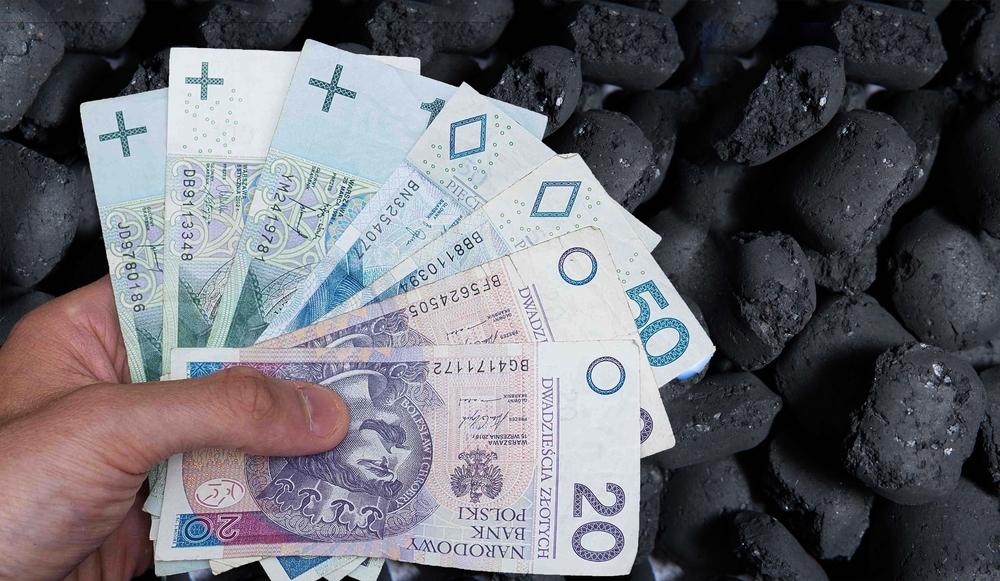Poland may simply be importing Russian coal through the Russian ally Kazakhstan, even as Poland cuts its own coal production. Although Kazakhstan has its own coal mines, the country is deeply reliant and tied to Russia, and this kind of arrangement does not just apply to coal, but also to other resources such as uranium and oil, which many Western countries are buying up.
Polish hard coal mines reduced production in September by 17.3 percent year-over-year, and sales fell by 17.7 percent. However, this does not mean that Polish demand for coal is suddenly dropping this winter. Instead, Poland is making up for these cuts with imports, and almost half of this import comes from Kazakhstan. Now, as much coal flows from there to Poland as from Russia before the war.
What is important to note is that Kazakhstan, a Russian ally, is notoriously used as a middle-man country for Russia to ship its products into Europe and other countries, most notably for oil. Countries like Germany ramped up oil exports from Kazakhstan in response to sanctions, and the flow of oil from this country to Europe is only expected to increase. In other areas, Russia owns up to 25 percent of Kazakhstan’s uranium production.
For the year through August, as much as 41 percent of Poland’s coal imports came from Kazakhstan. It is unclear how much of that coal could possibly be sourced from Russia, but without a doubt, Russia is taking its cut from the sales, as landlocked Kazakhstan depends on Russia for transport and operations support.
BusinessInsider.pl wryly notes that “by a strange coincidence, imports from that direction started in earnest in January 2022, i.e. just before Russia’s aggression against Ukraine, and the escalation to over half a million tons per month began after the first sanctions against Russia were imposed, i.e. in October 2022.”
The paper also notes: “In September, Polish mines extracted 3.47 million tons of hard coal and 3.32 million tons of brown coal. In the former case, this means a 17.3 percent year-on-year drop , and in the latter, an increase of 2.4 percent. Brown coal is not sold, but is immediately used by power plants, such as the one in Bełchatów, but in the case of hard coal, the rules are different. Its sales amounted to 3.44 million tons in September, down 17.7 percent year-on-year. Since the beginning of the year, this is 30.6 million tons, or 2 percent less year-on-year, so September was exceptionally bad in the industry.”
In August, 385,000 tons were shipped to Poland from Kazakhstan, and in the first eight months a total of 2.2 million tons. Kazakhstan currently has the same position on the Polish market as Russia did before the war.
The second most important coal exporter to Poland is Colombia (24 percent of imports this year), and the third is the United States (10 percent). According to customs data, Polish importers paid an average of €113 (490 zlotys) per ton for Colombian coal in August and €196 (849 zlotys) for American coal.
The positive news for Poland is that the extraction is not going completely belly up, because the production sold this year exceeds the production produced by 1.7 million tons. Polish coal is not expensive at all compared with imports.
According to the latest data from the ARP in Katowice, power plants paid mines in the Polish region of Silesia almost €110 (479 zlotys) per ton in August, and heating plants paid €129 (562 zlotys). Meanwhile, for example, for coal imported from Kazakhstan, importers paid €121 per ton in August, as shown by Eurostat data.






